Syphilis is an infectious disease caused by Treponema pallidum – a spiral-shaped bacterium. Infection most commonly occurs through sexual contact.
In the first two stages, syphilis leads to health problems like fever, muscle aches, hard sore on the genitals or mouth, and swollen lymph nodes. If the infection is diagnosed early, it can be treated with antibiotics before it develops into late stages. When an infected person doesn't receive treatment early enough, syphilis may lead to severe symptoms and complications.
As a sexually transmitted infection (STI)![]() , syphilis spreads through direct sexual contact with someone who carries the bacterium called Treponema pallidum. It can be transmitted through vaginal, oral, and anal sex and also genital contact. However, the infection occurs primarily through direct contact with a sore known as chancre that develops on an infected person's body. It can appear on the mouth, anus, vagina, or penis and is usually painless and small, making it difficult to notice and connect to the signs of syphilis.
, syphilis spreads through direct sexual contact with someone who carries the bacterium called Treponema pallidum. It can be transmitted through vaginal, oral, and anal sex and also genital contact. However, the infection occurs primarily through direct contact with a sore known as chancre that develops on an infected person's body. It can appear on the mouth, anus, vagina, or penis and is usually painless and small, making it difficult to notice and connect to the signs of syphilis.
In addition to sexual activity, Treponema pallidum can be transmitted through other means. It can be passed on to another person through cuts in the skin, mucous membranes, and, rarely, by blood transfusion.
Syphilis bacteria can't survive outside a host's body long. Because of that, it is impossible to get infected by touching and coming into contact with objects such as doorknobs, utensils, other people's clothing, and toilet seats.
Being sexually active is the primary risk of getting infected with the syphilis bacteria. However, several factors may increase the chance of developing this disease. These include:
Based on various research conducted in the USA, certain groups of people are more likely to get infected with Treponema pallidum. For instance, it was observed that men get infected more often than women, with black, American Indian, and Alaska Native men as the most numerous group. As for the women, American Indians and Alaska Natives accounted for the most cases of syphilis reported in 2021.
Syphilis infection has three stages: primary, secondary, and tertiary. Symptoms differ for each syphilis stage and get more severe the longer the disease is left untreated. However, for some people, it's a long-term condition that can go unnoticed for several years.
Also called early syphilis, the primary stage of syphilis starts when an infected person develops a tiny and usually painless sore on the mouth, vagina, penis, or anus. Doctors sometimes refer to it as chancre. In most cases, only one sore develops, but it is possible to have more.
The sore is the main way the disease spreads. Because of its size and the fact it is usually painless, it can easily be omitted or, if spotted, ignored and perceived as a temporary, harmless skin issue.
During sexual activity, if a person comes in contact with another person's chancre, the bacterium has a chance to pass on and, thus, start a syphilis infection.
The chancre develops after three weeks since the infection and usually disappears within three to six weeks. Except for the sore, primary syphilis doesn't cause other symptoms.
Secondary syphilis develops within one to six months after the chancre disappears. The characteristic sign of it is a bumpy rash that starts on the trunk. In most cases, the rash spreads to the rest of the body, including sores on the feet and palms. Although the rash itself is usually not painful and itchy, other symptoms accompany it. These may include:
The second stage of syphilis can be treated with medications. If it is left untreated, syphilis symptoms may keep coming and going away for as long as an entire year before the last stage of syphilis develops.
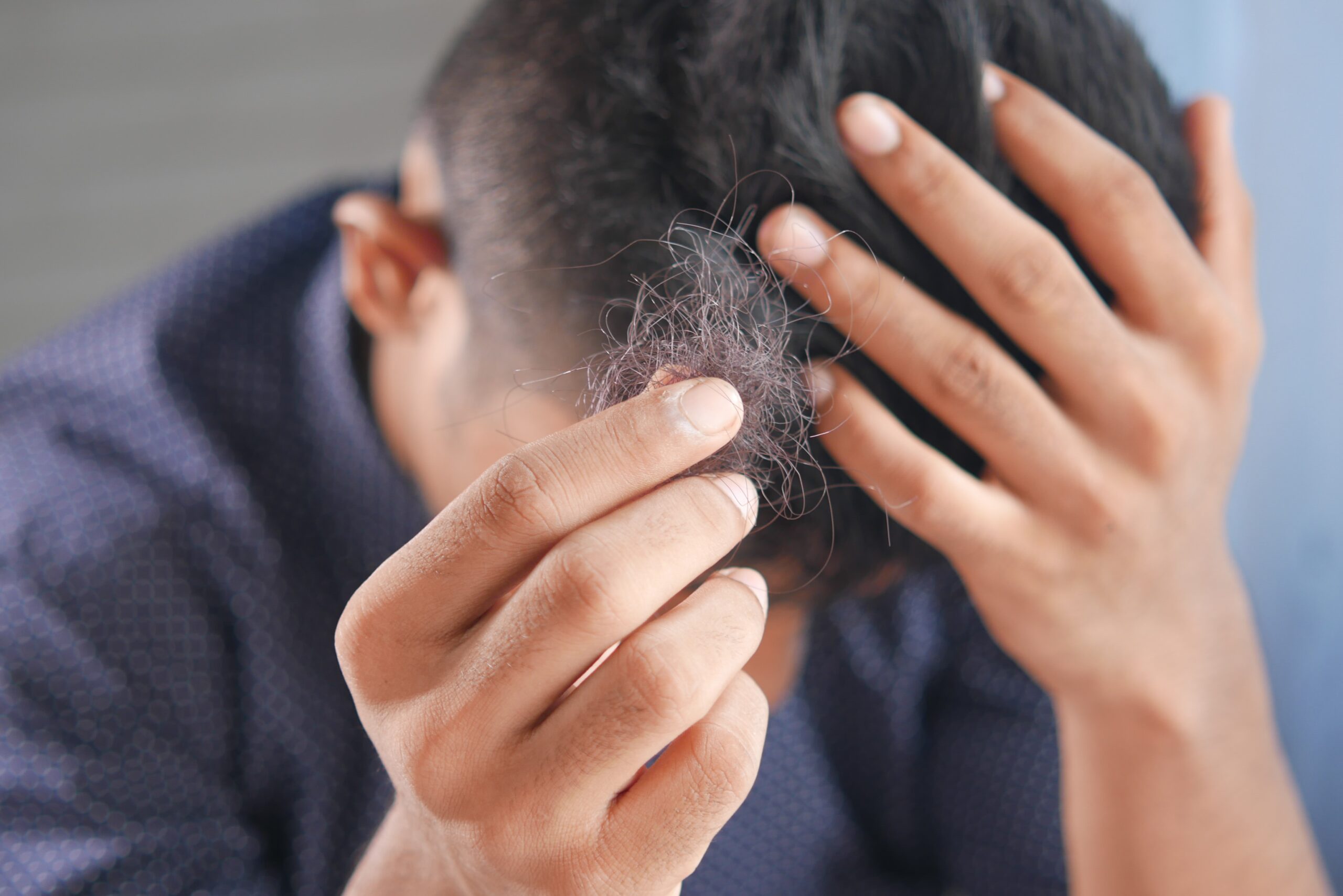
Tertiary syphilis occurs in 15 to 30 percent of people without treatment for this condition. However, secondary syphilis does not always progress to the last stage. In some people, syphilis heals independently and does not lead to complications.
People who develop tertiary syphilis are at risk of suffering from long-lasting severe health problems. The possible outcomes include:
Apart from primary, secondary, and tertiary syphilis, other stages may develop. These include the following:
Latent syphilis can occur if primary and secondary symptoms disappear entirely, but the syphilis infection is not yet over. In this stage, bacteria remain in the body but do not cause health problems. However, it may cause damage to the heart, nerves, bones, and other organs.
Latent syphilis can last up to 20 years and affects people who didn't receive treatment for primary or secondary syphilis.
Congenital syphilis![]() develops when a pregnant woman infected with a syphilis bacteria transmits it to the fetus. According to the data, it is a life-threatening and severe condition that ends in early fetal or neonatal death in 40% of cases of congenital syphilis.
develops when a pregnant woman infected with a syphilis bacteria transmits it to the fetus. According to the data, it is a life-threatening and severe condition that ends in early fetal or neonatal death in 40% of cases of congenital syphilis.
Symptoms of this stage of syphilis affect newborns and may also appear in older infants and young children.
Newborns may experience the following health issues:
In older infants and young children, symptoms of congenital syphilis include:
Neurosyphilis occurs if the bacteria spreads to the nervous system. It may develop after the secondary stage of syphilis has started.
Symptoms of neurosyphilis may develop gradually and include the following:
Diagnostic methods to determine if a person has syphilis include:
During a doctor's visit, it is essential to be honest while answering questions regarding sexual activity, as it is required to diagnose syphilis correctly. Unprotected sex or having multiple partners increases the risk of getting infected with syphilis, so they must be mentioned during an examination.
Tests that are usually ordered to diagnose syphilis are blood tests, darkfield microscopy, and cerebrospinal fluid tests:
Blood test. Antibodies that the body produces to fight off syphilis bacteria remain in the blood for several years and can help detect current or past infections. It can be performed at a doctor's office or a clinic.
Darkfield microscopy![]() . A doctor may order a darkfield microscopy test if a sore is present. Because syphilis bacteria are visible under a microscope, a sample of bodily fluid taken from a chancre can confirm the infection.
. A doctor may order a darkfield microscopy test if a sore is present. Because syphilis bacteria are visible under a microscope, a sample of bodily fluid taken from a chancre can confirm the infection.
Cerebrospinal fluid test. If a doctor suspects the infected person has developed neurosyphilis, they may order a cerebrospinal fluid test. The test involves taking a sample from around your spinal cord to evaluate the effects of syphilis bacteria on the nervous system.
Syphilis is easy to cure if it is diagnosed during the primary stage. In the later stages, it proves much more challenging to resolve as it may cause severe complications, including damage to the nervous system, heart, and organs.
The most effective treatment against syphilis is antibiotic therapy. Antibiotics are medications that neutralize and kill bacteria, including a bacterium responsible for syphilis infection. The recommended antibiotic is penicillin, but a doctor may choose another drug if an infected person is allergic.
In the early stages of syphilis, one injection of penicillin is enough to kill bacteria. More doses may be necessary in cases of infections that last longer than one year.
Although the treatment for syphilis is safe, some people may experience an immune system reaction known as the Jarisch-Herxheimer reaction. It usually occurs on the first day and causes such symptoms as fever, nausea, headache, rash, upset stomach, muscle and joint pain, and chills. The Jarisch-Herxheimer reaction should go away within 24 hours.
After the syphilis treatment, doctors usually take a patient's blood sample to confirm whether the bacteria is gone or if it remains in the bloodstream. It is important to remember that antibiotic injection does not prevent future syphilis infections. Getting tested regularly and practicing safe sex can decrease the risk of getting infected again.

Because syphilis spreads through sexual contact, the only way to prevent the infection is not to have vaginal, oral, or anal sex. However, several methods exist to lower the risk. These are often referred to as safe sex guidelines:
Syphilis is a highly contagious bacterial infection primarily transmitted through sexual activity. It's caused by the bacterium known as Treponema pallidum and can lead to various health problems if left untreated. Syphilis has several stages, each with distinct symptoms and complications.
Syphilis spreads through direct sexual contact, including vaginal, oral, and anal sex and genital contact. It can also be transmitted through cuts in the skin or mucous membranes, though not through objects like doorknobs or toilet seats. Risk factors include unprotected sex, having multiple sexual partners, and having other STIs, such as HIV, herpes, chlamydia, or gonorrhea. Men with sex with men are at higher risk, and certain racial and ethnic groups have higher infection rates.
Diagnosis involves physical examination, discussion of sexual history, and specific tests like blood tests, darkfield microscopy, and cerebrospinal fluid tests for neurosyphilis. The most effective treatment is antibiotics, with penicillin being the preferred choice. Antibiotic therapy can cure syphilis if administered in the early stages. However, late-stage infections may require multiple doses.
Preventing syphilis involves safe sex practices, regular testing for STIs, condom use, and notifying sexual partners after being diagnosed with syphilis.
Table of Contents
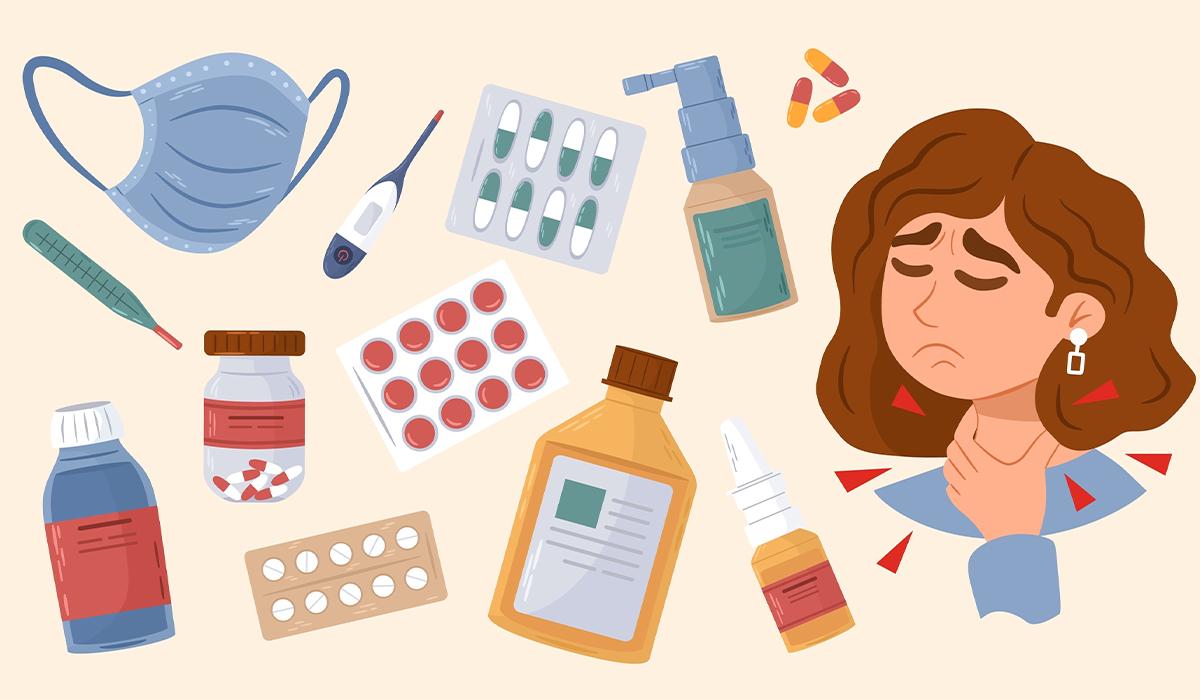
Discover Sore Throat Remedies for quick and effective pain relief. Many herbs and foods have healing properties. Learn how to… read more »
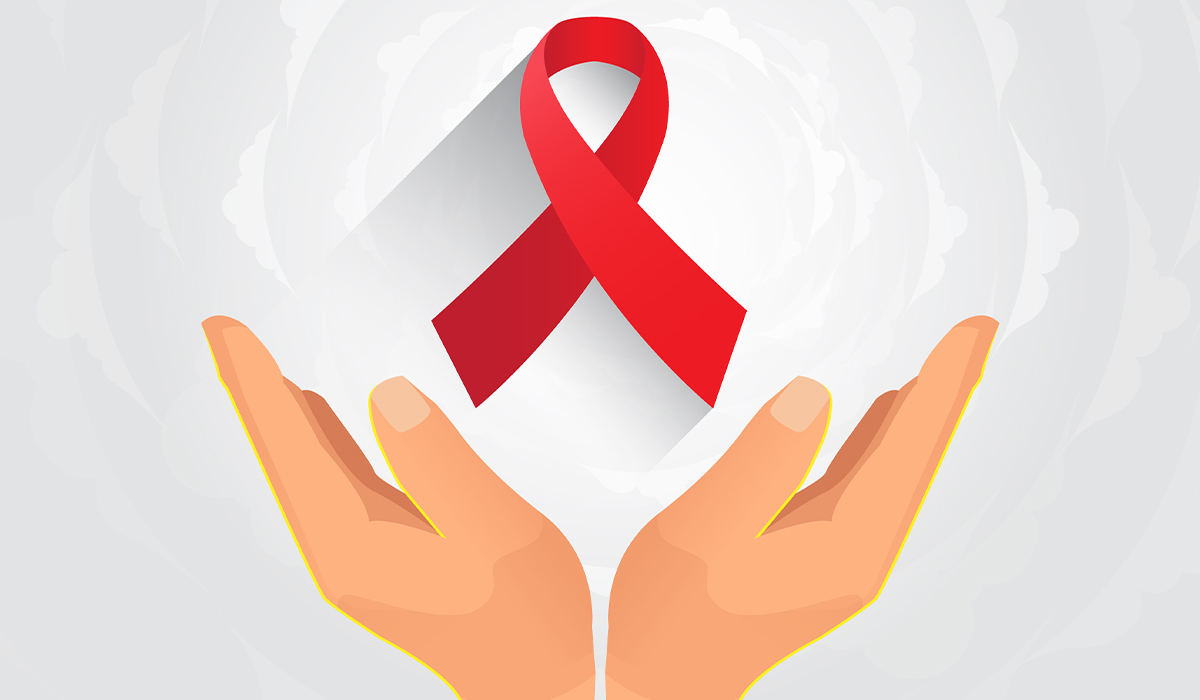
AIDS is a disease caused by HIV. This virus attacks the cells of the human's immune system, making them unable… read more »
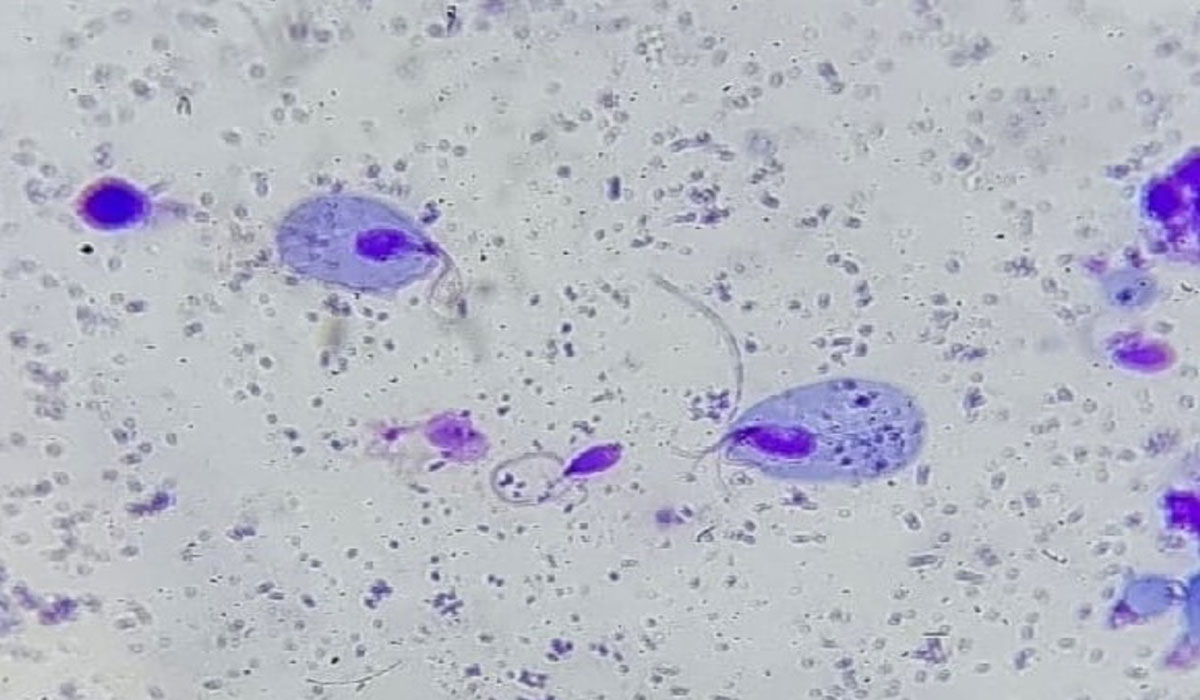
Trichomoniasis is a parasitic disease that is transmitted to humans through sexual intercourse. What symptoms does it cause? What to… read more »
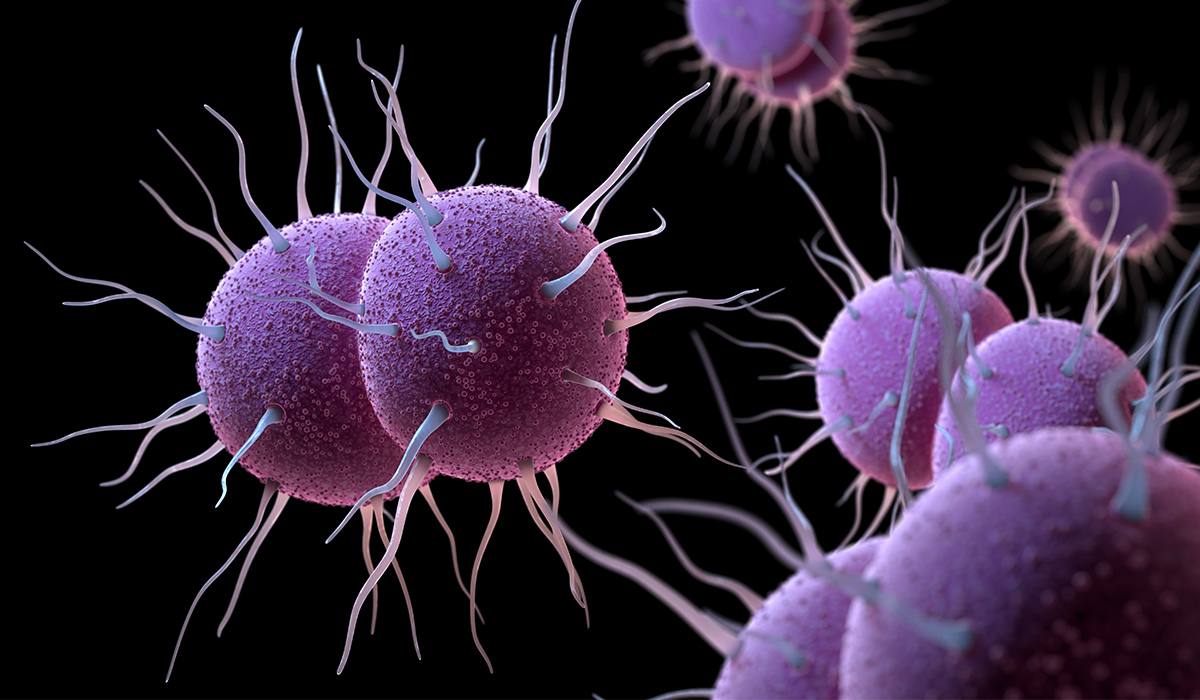
Gonorrhea is a sexually transmitted disease. The symptoms of gonorrhea in men and women are different. How to recognize them?… read more »
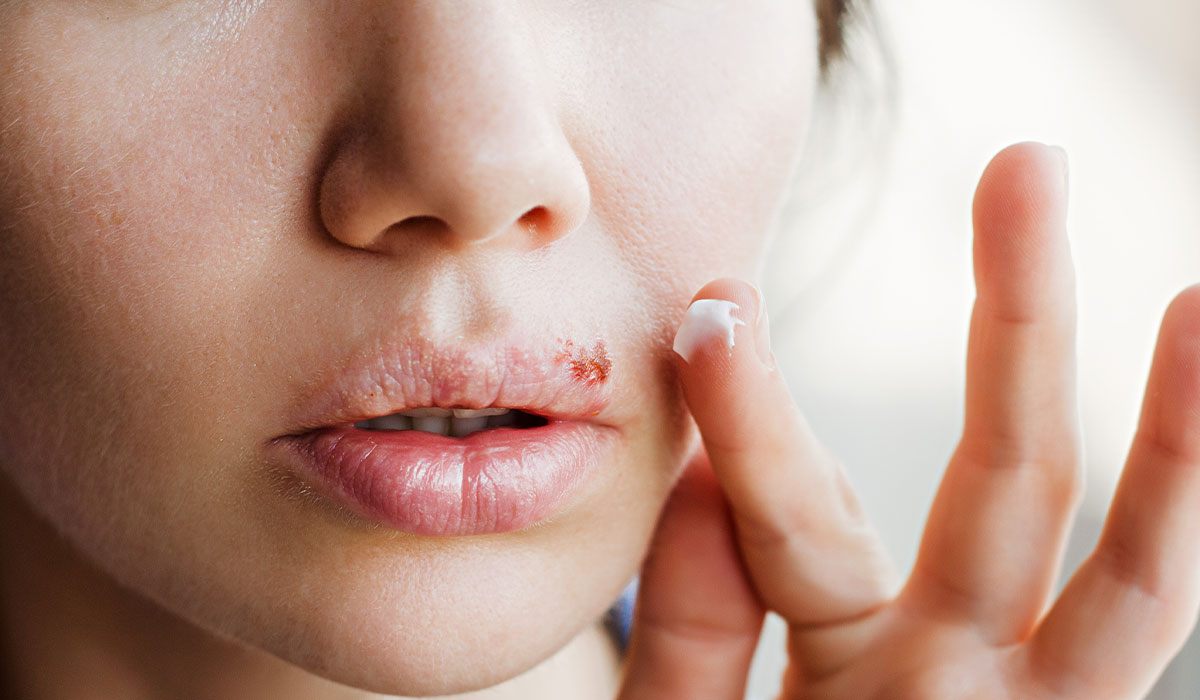
Cold sores are a common viral infection that usually affects lips skin around the mouth, chin, or nose. They are tiny… read more »
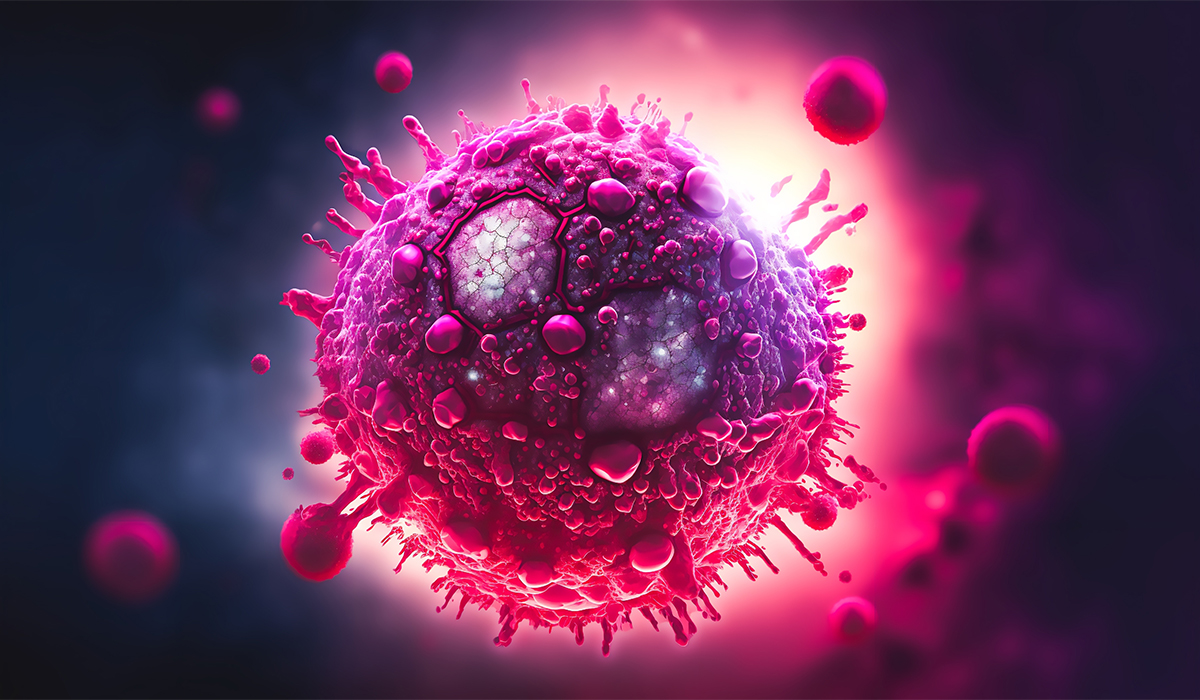
HIV is a virus that damages cells of the human immune system. How can you get infected with HIV? What… read more »

Chlamydia is one of the most common sexually transmitted diseases. How to protect yourself from it? What are the symptoms… read more »
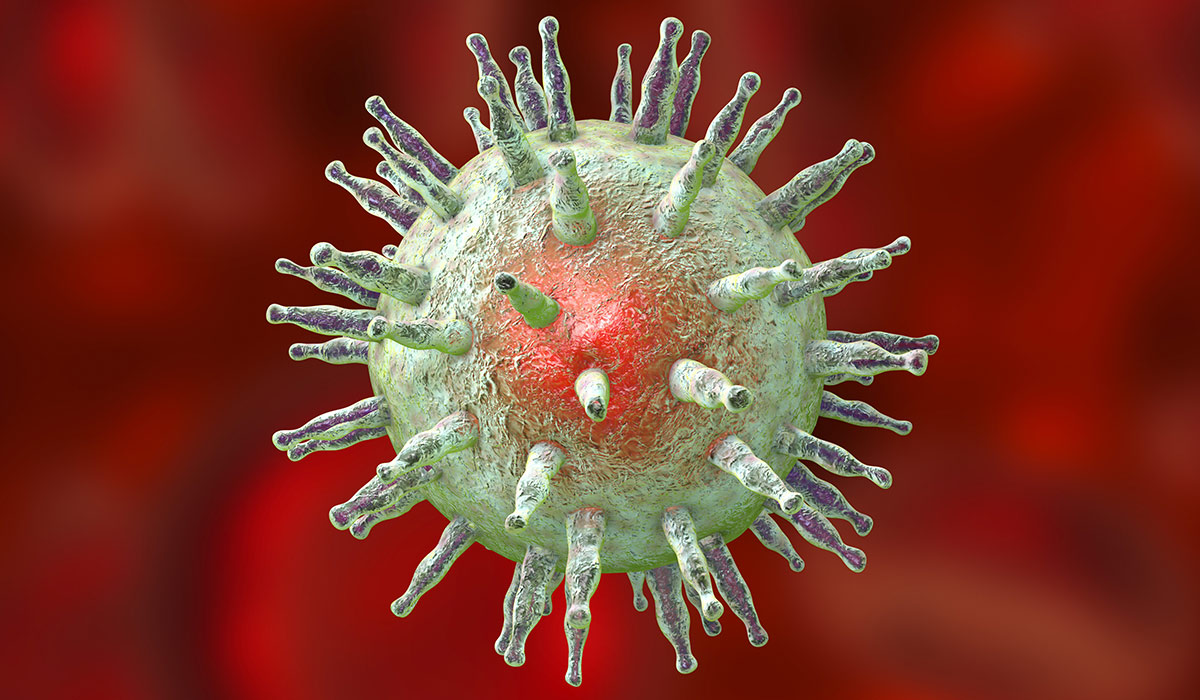
Epstein Barr Virus is a pathogen that causes infectious mononucleosis and many other diseases. Learn about the risks associated with… read more »

HPV (human papillomavirus) is a pathogen that can cause many different conditions, depending on its subtype. What are the symptoms… read more »